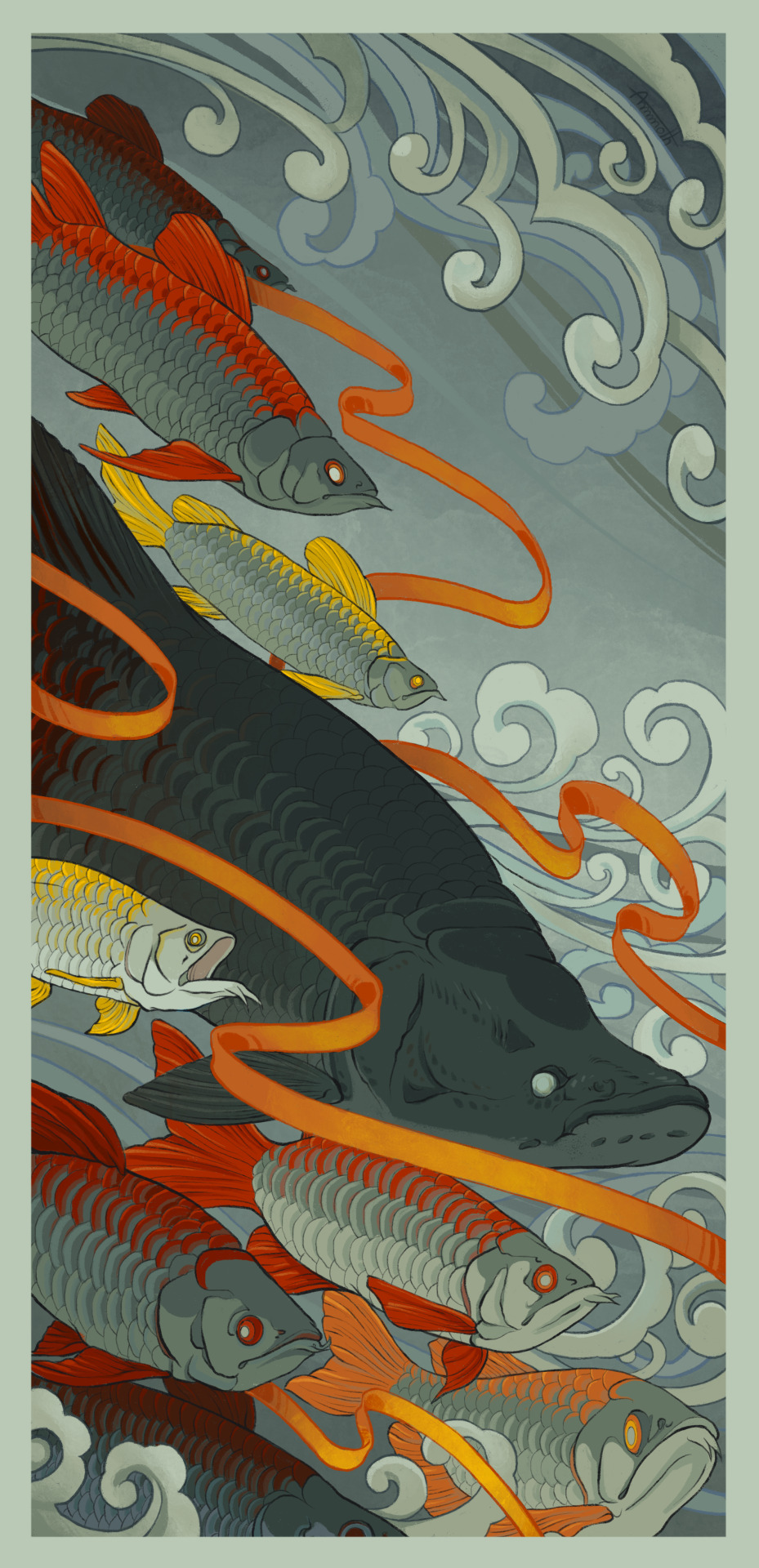She, 1992, Saggitarius (...Ophiuchus).Unbaptised heathen. Reptile keeper. Sky cult. Holy water. Troll stones.Meru country, South Australia. No frith with fascists!Law student and Tyr devotee... sideblog @eggshell-skull-rule[Banner image "Please have a drink" by Akai_Sashimi]
Don't wanna be here? Send us removal request.
Text

Southern Cassowary (Casuarius casuarius), father with chick, family Casuariidae, order Casuariiformes, northern QLD, Australia
Photograph by Robert Tidey
6K notes
·
View notes
Text

Chika Osaka (Japanese, 1984) - In the Stomach (2019)
205 notes
·
View notes
Text
"this thing is rare and only affects 1% of the population" dude that's 80 million people can you shut up
77K notes
·
View notes
Text
It's crazy that like 15% of people will say like, the government has genetically manipulated mole people they sacrifice for blood magic. But this doesn't seem to affect their worldview at all.
4K notes
·
View notes
Text
Ok, loves, so we've all got the message that joking about suicide is bad for your mental health. Now we need to get on "joking that the planet/all of humanity has no future" is bad for societal health/encouraging resistance to bad shit."
52K notes
·
View notes
Text
Something that I get chills about is the fact that the oldest story told made by the oldest civilization opens with "In those days, in those distant days, in those ancient nights."
This confirms that there is a civilization older than the Sumerians that we have yet to find
Some people get existential dread from this
Me? I think it's fucking awesome it shows just how much of this world we have yet to discover and that is just fascinating
72K notes
·
View notes
Photo
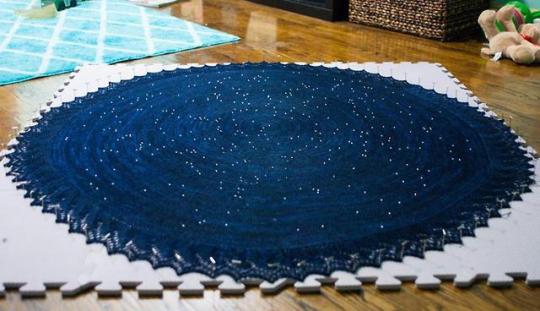

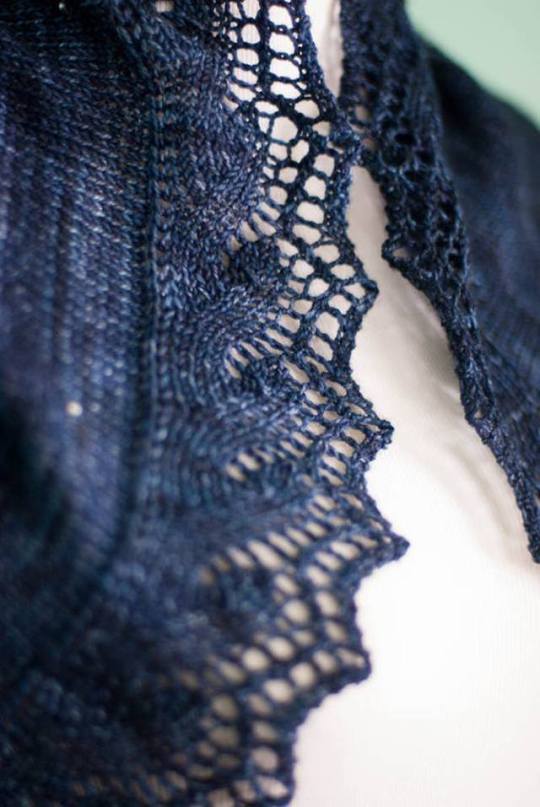


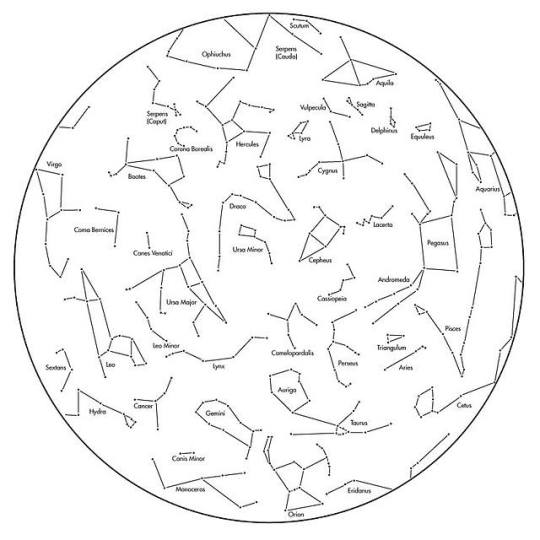
Redditor’s wife knitted a beautiful star chart shawl.
197K notes
·
View notes
Text
Fish of the Day
Today's fish of the day is the necklace carpetshark!

The necklace carpetshark, also known by the name varied carpetshark, and scientific name Parascyllium variolatum, is one of the best known carpet sharks in the genus Parascyllium. The scientific name draws from the latin word for spotted, referring to the white spots surrounding the body. Other than the Latin scientific name, this shark is known by many English names other than the two previously listed. In Australia, it is often referred to as: ring-neck catshark, or southern catshark. Despite sharing many features with catsharks, or ground sharks as they are sometimes referred, the Parascyllium genus nor the Parascylliidae family it resides in is considered catsharks, and this is why these names are often not used in classification.

Regardless of the naming structure, let's get into the location of this fish! Found around the coasts of Australia from 37 degrees South to 41 degrees South, around inshore waters. These sharks are known for their demersal lifestyle, living along the seabed. Living at a depth of 180 meters or higher the necklace carpetshark spends its nights over rocky coral reefs, kelp or seagrass beds, or sandy floors. During the day however, this shark shelters primarily in caves, although it can be found in camouflage along the seabed on rare occasions. This has led to these sharks being rarely seen by those not actively looking for them.

Necklace carpet sharks, like many of their relatives, possess a slender elongated body. With a maximum length of 91cm with most adults ranging 60cm-91, these sharks can be differentiated from their family members by the broad black markings that cover the gills, small spiracles, and smaller mouth than most. Their mouths possess 28 teeth along the top jaw, and 32 teeth along the lower. Their prey is primarily made up of shellfish along the seabed, which is caught as these sharks lunge at them from behind. These sharks are little predated on in adulthood, but on the rare occurrences, it is done by larger fish, sharks, or marine mammals in the area. Although, other than this eggs cases are often fed on by certain seasnails.

The reproduction of the necklace carpetshark is similar to that of its family. As an oviparous shark, eggs are laid outside of the mother, where they are then left to fend for their own to hatch, and then throughout its youth. Inside the mother, embryos feed on the yolk of its egg sack. Outside the mother, 2-3 eggs will be laid at a time with eggs being covered in 2-3 tendrils, which will anchor them to the sea bed, often during the summer months. After being laid, eggs will hatch within 12-39 days, with many of the juveniles being predated on per season. Eventually, once these sharks have gotten larger than 60cm, they are considered adults and develop sex characteristics, eventually going on to breed and lay their own offspring. Currently there are no known threats to the necklace carpet shark populations.

That's the necklace carpetshark! I hope everyone had a wonderful time reading about them!
570 notes
·
View notes
Text

Green sea turtle By: Fritz Goro From: Life Nature Library: Reptiles 1963
922 notes
·
View notes
Text

Common hippopotamus Hippopotamus amphibius
With serrated hinged terrapin Pelusios sinuatus, on adult hippo, and Mozambique tilapia Oreochromis mossambicus, around juvenile hippo
Observed by anibotani, CC BY-SA
3K notes
·
View notes
Text







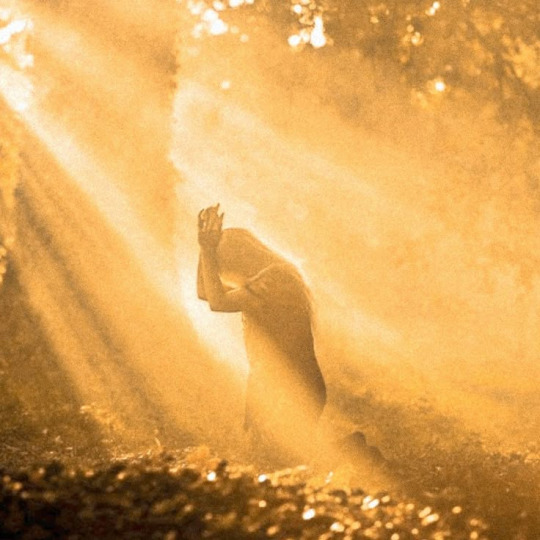
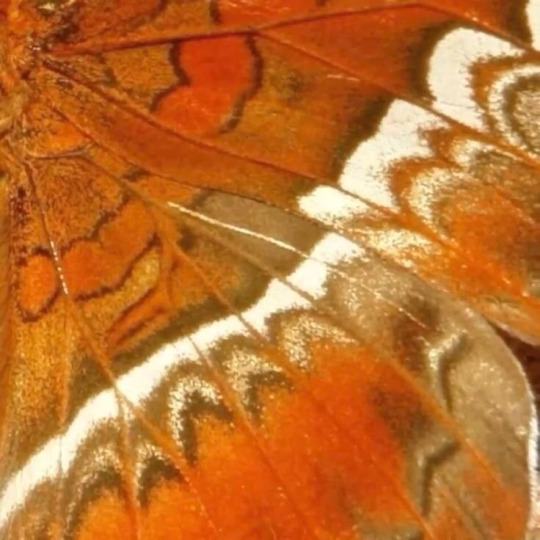
The sun, the sister of the moon, from the south Her right hand cast over heaven's rim; No knowledge she had where her home should be, The moon knew not what might was his, The stars knew not where their stations were.
95 notes
·
View notes
Text
Blessings of the solstice, whichever season you are in. Health, wealth, and happiness be upon ye!
0 notes


